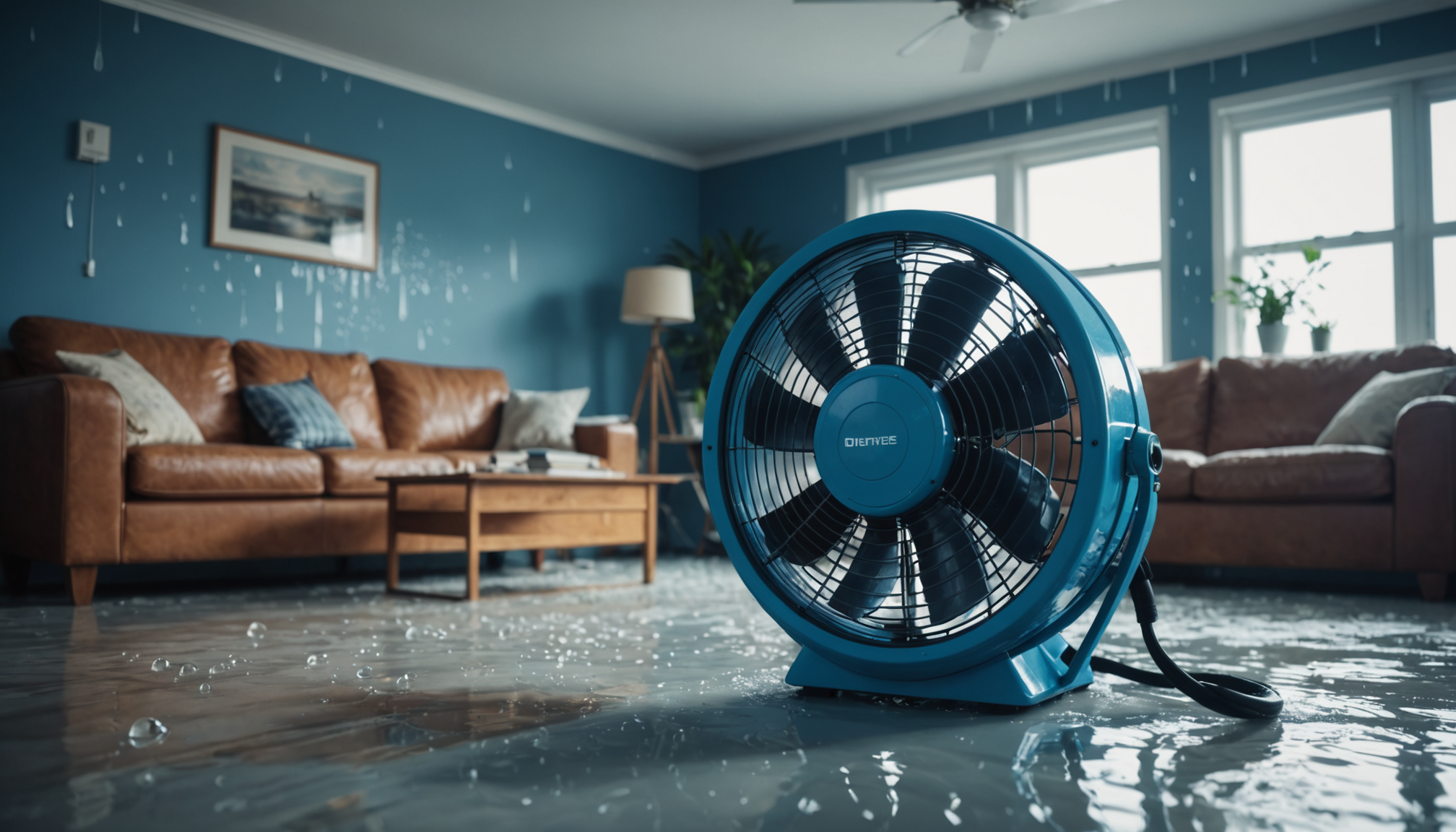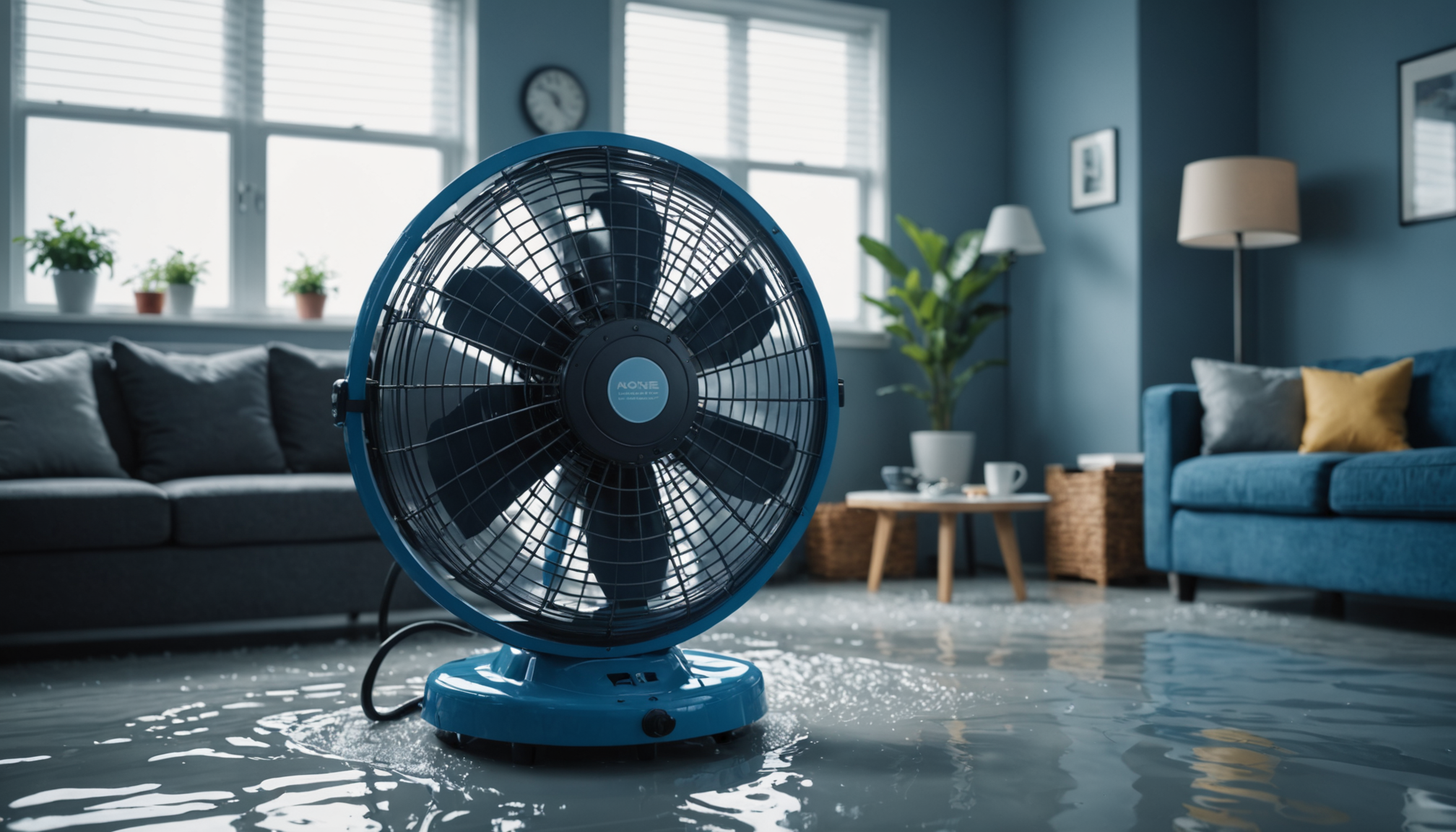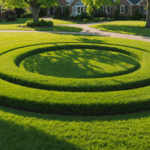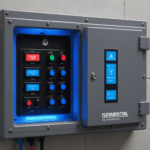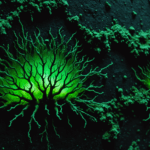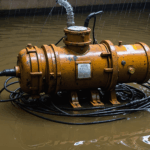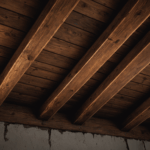When water infiltrates your home, you have approximately 24-48 hours before mold begins to develop, according to the Environmental Protection Agency (EPA). Taking swift action during this critical window is crucial for effective mold prevention. The first priority is ensuring personal safety – if there’s standing water, cut off electricity to affected areas and wear appropriate protective gear including rubber boots, gloves, and an N-95 respirator.
Start by documenting all water damage with photos and videos for insurance purposes. Then, remove standing water immediately using pumps, wet vacuums, or buckets if the flooding is severe. The Insurance Institute for Business & Home Safety reports that removing water within the first 24 hours can significantly reduce the risk of serious mold infestations by up to 60%.
Remove all wet items from the affected area, particularly porous materials like cardboard, paper products, and fabrics. According to water damage restoration experts, these materials can become breeding grounds for mold within hours. Sort items into categories:
- Salvageable items that can be dried and cleaned
- Items requiring professional restoration
- Items that must be discarded
Open all windows and doors to create cross-ventilation, unless outdoor humidity is higher than indoor levels. Remove wet baseboards and drill small holes at floor level in drywall to allow wall cavities to drain and dry. Research from the Building Science Corporation shows that trapped moisture in wall cavities accounts for over 30% of post-flood mold cases.
Contact your insurance company immediately and consider hiring certified water damage restoration professionals, especially for incidents affecting areas larger than 10 square feet. The Institute of Inspection, Cleaning and Restoration Certification (IICRC) emphasizes that professional assessment within the first few hours can prevent thousands in additional damage and reduce health risks associated with mold exposure.
Proper drying and dehumidification
Once the initial water removal is complete, establishing an effective drying environment becomes paramount in preventing mold growth. Professional-grade air movers should be strategically placed to create continuous airflow across walls, floors, and other affected surfaces. These should be positioned at 45-degree angles to maximize air circulation and promote evaporation, with at least one air mover for every 150-200 square feet of affected space.
Dehumidification is equally critical during this phase. Commercial-grade dehumidifiers should be operated continuously until moisture levels return to normal (between 30-50% relative humidity). For optimal results, close all windows and doors to create a contained drying chamber, especially when using dehumidifiers. The Association of Home Appliance Manufacturers suggests that dehumidifiers should be sized according to the space – typically one 70-pint dehumidifier for every 1,000 square feet of wet area.
Pay special attention to hidden spaces where moisture can become trapped. Remove affected insulation, as it often retains moisture and becomes a breeding ground for mold. Use moisture meters to check inside wall cavities, under flooring, and behind built-in furniture. According to water damage restoration experts, these concealed areas often maintain moisture levels conducive to mold growth long after surface materials appear dry.
Maintain constant airflow and dehumidification for at least 3-4 days, even if surfaces feel dry to the touch. Research shows that rushing this process or reducing drying time can lead to secondary water damage and mold growth weeks or months later.
- Industrial dehumidifiers can extract up to 20 gallons of water from the air daily in optimal conditions
- Proper air movement can reduce drying time by up to 50% compared to natural drying
- The cost of thorough drying equipment rental is typically 10-15% of potential mold remediation expenses
- Using infrared cameras can help identify hidden moisture pockets that standard moisture meters might miss
Thorough cleaning and sanitization
After removing water and drying affected areas, proper cleaning and sanitization are essential steps that many homeowners overlook or perform incorrectly during water damage restoration. One common mistake is using regular household cleaners instead of EPA-registered disinfectants specifically designed for water damage scenarios. These specialized products effectively kill mold spores and prevent their growth.
Many people also make the error of skipping cleaning behind baseboards and inside wall cavities. According to restoration experts, these hidden areas must be thoroughly cleaned and disinfected, as they’re prime locations for mold development. Use a HEPA-filtered vacuum to remove debris before applying any cleaning solutions, as regular vacuums can spread spores throughout the space.
Another frequent oversight is failing to clean and disinfect seemingly unaffected areas adjacent to water-damaged spaces. Moisture and mold spores can spread invisibly, making it crucial to extend cleaning efforts beyond visibly damaged areas. The Centers for Disease Control recommends cleaning at least 2-3 feet beyond visible water damage boundaries.
Here are critical mistakes to avoid during the cleaning process:
– Using bleach on porous surfaces – it doesn’t penetrate deeply enough for effective mold prevention
– Painting over potentially contaminated surfaces without proper cleaning
– Failing to wear appropriate protective equipment during cleaning
– Mixing different cleaning products, which can create dangerous fumes
– Neglecting to ventilate the area during cleaning
When cleaning non-porous surfaces, scrub thoroughly with soap and water first, then apply a disinfectant. Allow the disinfectant to remain on surfaces for the full contact time specified on the product label – a step that’s often rushed. Professional water damage restorers note that inadequate contact time is one of the main reasons cleaning efforts fail to prevent mold growth.
For porous materials that can be saved, use appropriate cleaning methods based on the material type. Soft goods like curtains and clothing should be professionally cleaned, while semi-porous materials like wood might require specialized cleaners and techniques. Remember that not all materials can or should be saved – when in doubt, it’s better to dispose of heavily affected porous items.
Monitoring moisture levels
Regular moisture monitoring is a critical defense against potential mold growth after water damage. Using moisture meters, take daily readings of affected areas, including walls, floors, and hidden spaces. Professional restoration experts recommend maintaining readings below 16% for wood materials and 1% for concrete and masonry surfaces to effectively prevent mold growth.
Establish a systematic monitoring schedule:
– Take readings at the same time each day
– Document all measurements with dates and locations
– Pay special attention to previously saturated areas
– Monitor adjacent spaces that weren’t directly affected
– Check behind baseboards and inside wall cavities
Invest in different types of moisture detection equipment:
– Pin-type meters for accurate wood moisture readings
– Non-invasive meters for through-wall measurements
– Thermo-hygrometers for relative humidity monitoring
– Infrared cameras for detecting hidden moisture pockets
The Building Performance Institute recommends monitoring humidity levels for at least two weeks after water damage, even if surface materials appear dry. Keep indoor relative humidity between 30-50% to inhibit mold growth. If readings consistently show elevated moisture levels in any area, investigate immediately to prevent potential mold infestations.
Create a moisture map of your property, marking areas that show consistently higher readings. This practice helps identify potential problem spots that might require additional attention or professional assessment. According to water damage restoration professionals, early detection of moisture problems can prevent up to 90% of serious mold issues.
Warning signs that warrant immediate action include:
– Moisture readings that don’t decrease over time
– Unexplained increases in specific areas
– Musty odors
– Visible condensation
– Warping or discoloration of materials
Remember that different building materials have varying acceptable moisture levels. Maintain a reference chart of normal ranges for different materials in your home, and act promptly if readings exceed these thresholds. Your vigilance in monitoring moisture levels is a crucial component of successful mold prevention strategy.
Long term prevention strategies
- How often should I inspect my home for potential water damage risks?
- Conduct thorough inspections at least twice a year, focusing on plumbing, roof, and foundation areas. Professional home inspectors recommend checking before winter and after spring thaw, as these are critical periods for potential water damage.
- What’s the best way to prevent water damage in my basement?
- Install a reliable sump pump with battery backup and maintain proper drainage around your foundation. Additionally, apply waterproof sealants to walls and floors, and ensure downspouts direct water at least 6 feet away from your home’s foundation.
- Should I update my plumbing system for mold prevention?
- Regular plumbing system updates are essential, particularly if your pipes are over 20 years old. Have a licensed plumber inspect your system annually and replace any corroded or damaged pipes to prevent leaks that could lead to mold growth.
- What are the emergency tips for dealing with a burst pipe?
- Immediately shut off the main water supply and electricity to affected areas. Contact a professional plumber while beginning to remove valuable items from the area, and document everything for insurance purposes.
- How can I protect my home during extended absences?
- Install water detection devices with smartphone alerts and consider automatic water shut-off systems. Set your HVAC system to maintain consistent temperature and humidity levels, and have a trusted person check your home regularly for any signs of water damage.
